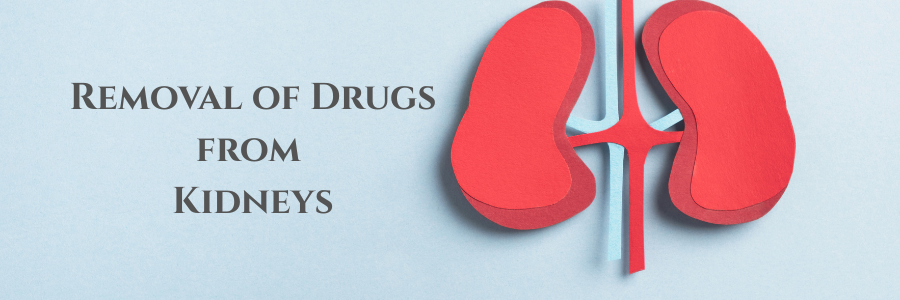There are three processes that contribute to the removal of drugs in our kidneys.
- Filtration (i.e. glomerular filtration of drug from blood into filtrate)
- Secretion (i.e. active secretion of drug from blood into filtrate via transporters)
- Reabsorption (i.e. passive movement of drug from filtrate back to blood)
A question arises: How can we easily predict the relative contributions of these 3 processes?
Simple solution:
Compare renal clearance (CLR) and filtration clearance (CLf)!
- If CLR < CLf –> Passive reabsorption is dominant although we cannot rule out minor secretion.
- If CLR > CLf –> Active secretion is dominant although we cannot rule out minor reabsorption.
We may further ask: how do we calculate CLR and CLf?
- If total clearance (CL) and fraction of parent drug excreted unchanged really (fe) are known, CLR = fe*CL.
- If plasma unbound fraction of drug (fu) and glomerular filtration rate (GFR) are measured, CLf = Fu*GFR.
Wow amazingly basic pharmacokinetic concepts yet important inferences on renal elimination processes of drugs!
Read also: All About Kidneys
Resource Person: Eric Chan, PhD

